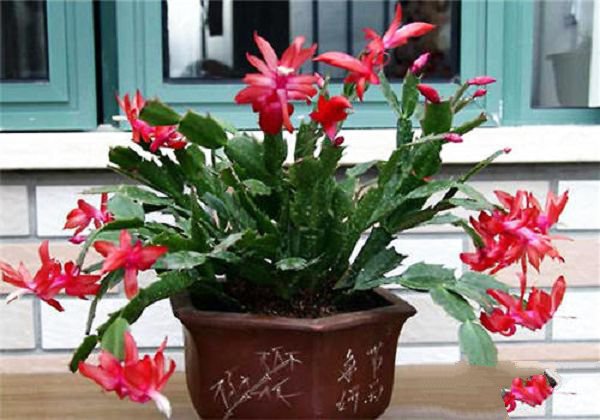Management methods of potted flowers in autumn

Autumn climate from cool to cold slowly, when the management of potted flowers should pay special attention to the following aspects of management.
(1) proper amount of water and fertilizer: the management method of water and fertilizer after autumn should be based on the double standard of growth habits of different potted flowers. For autumn chrysanthemum, wax plum, camellia, rhododendron, wax plum, etc., which are in full bloom many times a year, fertilize the liquid fertilizer dominated by phosphate fertilizer for 2 or 3 times, otherwise not only the flowers will be small, but also the problem of falling buds will occur. In view of the Chinese rose, Madrid and Maili, which are in full bloom several times a year, we should again balance the supply and demand of water and fertilizer to promote its continuous blooming. For most potted flowers, after Cold Dew's holiday in North China, please don't put on the fat to make it through the winter. With the decrease of the average temperature, except for the grass flowers blooming in autumn, winter or early spring and their autumn species, according to the fact that each potted flower must be irrigated normally again, the watering frequency and amount of other potted flowers should be slowly reduced to prevent excessive water and fertilizer, resulting in steep growth, endangering flower bud differentiation and chilling injury.
(2) pruning and shaping: when the average temperature is about 20 ℃ after autumn, most potted flowers are easy to sprout and have more shoots. Except for some of them that must be preserved, all of them should be cut off immediately to reduce the consumption of nutrients. The preserved twigs should also be peeled off immediately. Chrysanthemums, dahlias, Chinese roses, maoli, etc., after budding in autumn, the bones of the flowers must grow for a large hour, except for the preservation of a good buds at the top, the other lateral buds are removed.
(3) timely seed harvest: the seeds of many potted flowers mature around mid-autumn and must be harvested immediately. A bunch of red, pineapple, petunias and other razor sticks are dried and put into a bag and stored in a cool place at ultra-low temperature. For some seeds with too thick seed coat, such as peony, peony, magnolia, Michelia, etc., it is appropriate to bury them in wet sand and carry out stratified sand storage.
(4) sowing at the right time: biennial or annual plants as annual or biennial grass flowers, such as goldfish grass, carnation, daisy, and greenhouse flowers such as melon and leaf chrysanthemum, cyclamen, tree tree, etc., as well as African chrysanthemum, delphinium, primrose, begonia and other potted flowers which are easy to lack the ability to sprout during harvest.
(5) timely entry: the vast majority of potted flowers in North China after Cold Dew's holiday must be moved into the room for the winter according to the size of cold resistance to prevent cold damage. The main time to enter the house varies from time to time. For most potted flowers, the temperature has just changed, so there is no need to rush into the house. As a result of entering the house too early to endanger the accumulation of nutrients, the adverse effects will be serious next year. Therefore, under the premise of not suffering from cold damage, it is better to enter the house a little later.
Related
- What if the leaves of potted flowers turn yellow?
- Florescence Control of several Flowers
- Anti-freezing technology and post-freezing nursing technology of flowers
- What is the classification of flowers? What are the common methods of flower classification?
- Prevention and control of alkali and acid damage of flowers in courtyard
- Technology of Anti-freezing and restoring growth of Flower seedlings in greenhouse and greenhouse
- How does flower fertilization not hurt the root? Fertilization technology of flowers
- Key points of disinfection in flower greenhouse
- Several pesticides that are banned or used cautiously in flowers
- How to fertilize the flowers that watch the leaves?



